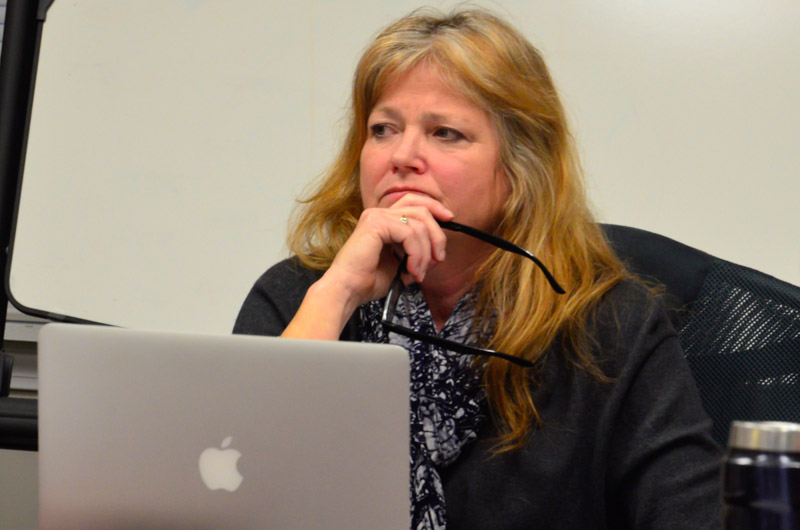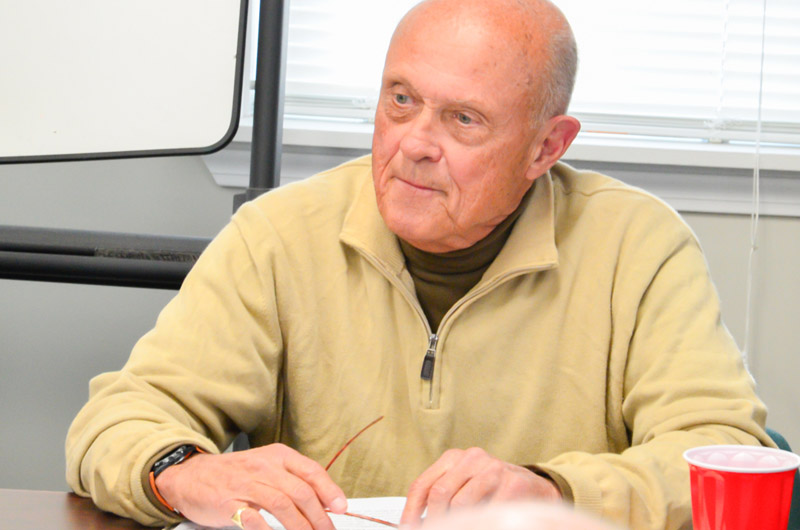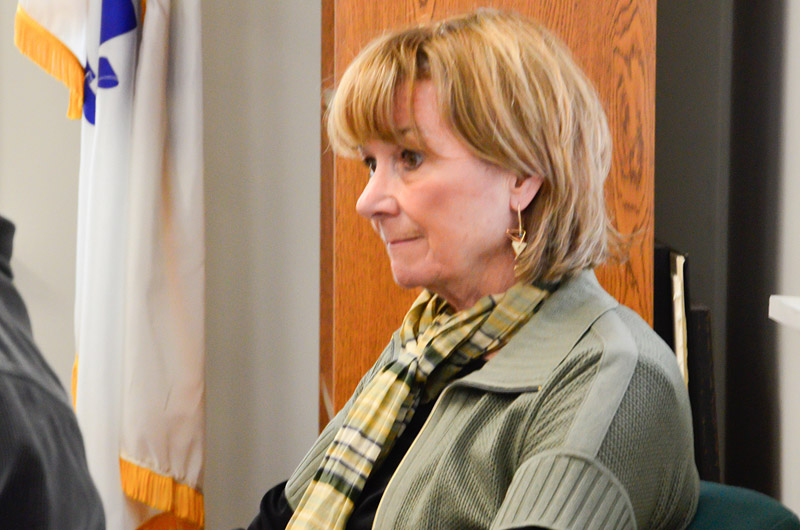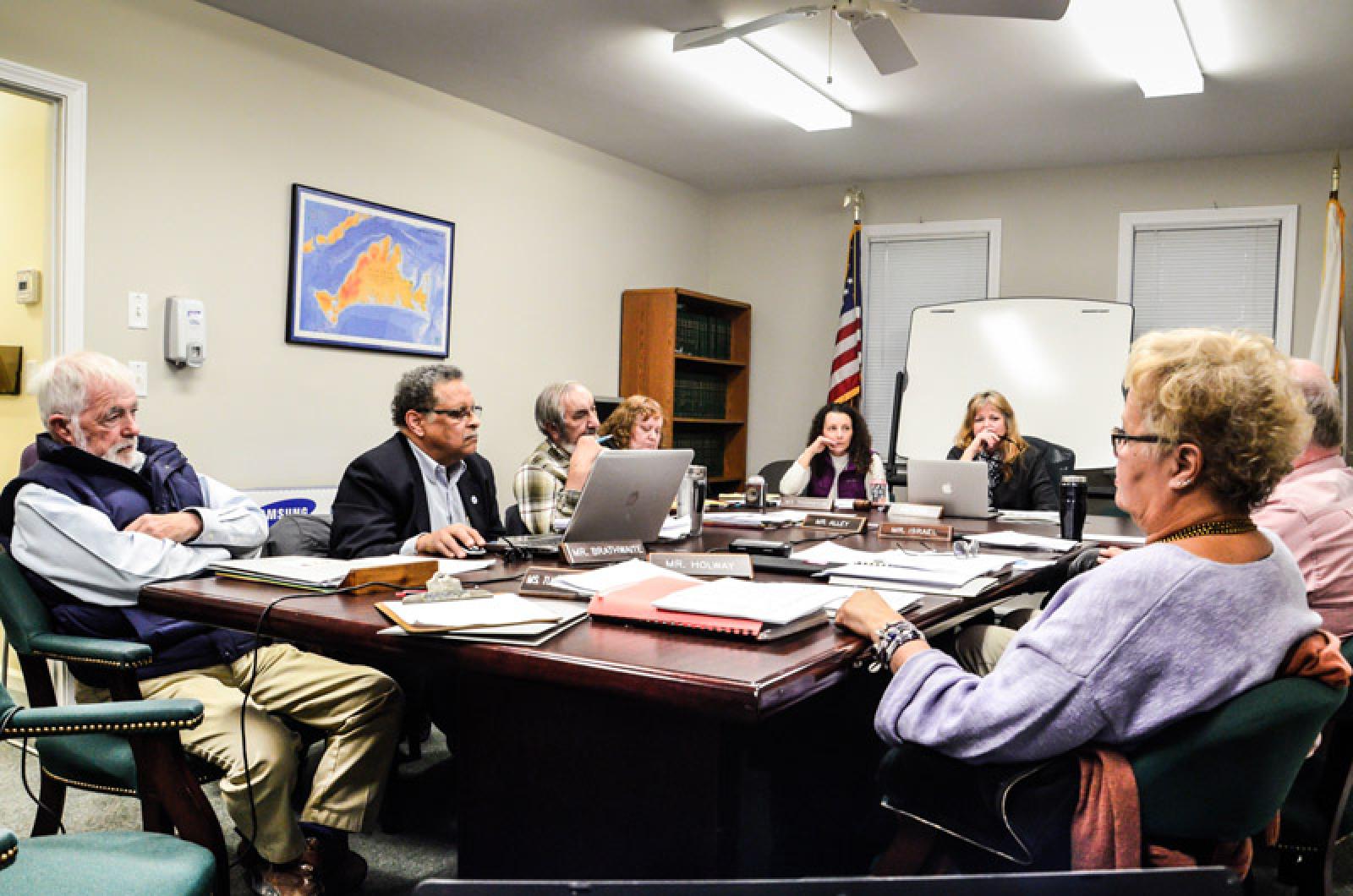Escalating concern about the heroin epidemic, and how the Island is dealing with treatment and support for addicts and their families, was the primary topic at a meeting of the Dukes County Commission this week.
“I lost a family member. I’ve had family members in and out of treatment. I myself have been in recovery for over 30 years. I see people every day who are out there struggling,” said Bill Croke, chairman of the Dukes County Health Council substance abuse committee.
Mr. Croke and Juliette Fay, executive director of Martha’s Vineyard Community Services, addressed the county commission Wednesday about the issues confronting the Island amid the opioid crisis that is sweeping the nation.

Commission chairman Christine Todd said heroin addiction and other forms of substance abuse are a priority for the county commission.
“To organize and collaborate, I think is critical,” she said. “I hope this is just the beginning of collaboration between the county and the important constituencies that are dealing with substance abuse treatment and recovery.”
“The good news is that it’s on the table, and we’re talking about it,” Mr. Croke told the commissioners.
He said the health council subcommittee plans to send out a survey to social service stakeholders on the Island, including social service agencies, elected officials, doctors, pharmacists, teachers and members of law enforcement.
Survey questions are aimed at documenting what services are available, assessing how many people need treatment and finding where services overlap.
Ms. Fay outlined what Community Services is doing through a variety of groups and programs for people struggling with heroin addiction. She spoke about New Paths, an intensive outpatient addiction program for adults that currently serves 26 people participating in educational and therapy sessions five days a week. Funding for the program came from a hospital mini-grant that ran out in September. The hospital has extended the grant while Community Services looks for other long-term funding, Ms. Fay said.

Community Services also launched a support program this week for families and loved ones of people suffering from addiction. Called Ripple, the program will run for six weeks and is for people over the age of 18.
Another support program called Pathfinders is for people 18 and under.
Community Services also recently received funding to help with travel costs and expenses for people who have to go off-Island for addiction treatment.
Ms. Fay said there are no waiting lists for programs, and no one is turned away, but funding to keep the programs going is a continual challenge. “Front and center on our list of priorities is, how are we going to sustain this,” she said. “The difficulty for us, or for any agency on the Island, when you try to run a program with fixed costs, there are such scale issues,” she said. “You never have the volume to cover your overhead.” County commissioner David Holway asked Ms. Fay what resources are needed to provide addiction services for those who are not receiving treatment. She said housing is the biggest barrier.
“Housing for staff as we try to get licensed individuals to come to work at Community Services,” she replied. “We recruit two or three to come to the Island, and two or three leave.”
She said Community Services has 12 people working directly on substance abuse programs. And she was enthusiastic and optimistic about a collaboration with the Martha’s Vineyard Hospital on a new crisis stabilization program.
Called the Red House project, Community Services eventually plans to house its substance abuse program in the red house just steps away from the hospital emergency room. The unit will have two beds for patients in crisis, who can stay from two to seven days, while longer term treatment is coordinated.

“If we could co-locate our emergency services and all of our substance abuse programs, including New Paths, we would have a critical mass of clinicians,” Ms. Fay said. “Every other community in Massachusetts has a crisis stabilization unit for kids and adults. This is something that is readily available off-Island in every community.”
She said renovations on the building, which the hospital agreed to lease for $1 a year, will begin next fall.
Meanwhile, Victor Capoccia, a past president of Community Services who works as a health care consultant nationally, has begun researching available data to help define the size and scope of the opioid problem on the Island.
Using state and national data from 2013 (the most recent available), Mr. Capoccia found an estimated 1,450 people on the Vineyard with substance abuse disorders. Among that group, 200 had sought treatment. After factoring in other information from population and behavioral health statistics, his early research concluded that at the time there were roughly 260 to 400 people on the Vineyard needing treatment for substance abuse. Among that group, two thirds were alcohol abusers and a third were drug abusers.
Mr. Capoccia attended the meeting Wednesday and later emailed a brief summary of on the topic to the county commission chairman.
Speaking to the Gazette by telephone on Thursday, Ms. Todd said she plans to set aside time at every county commission meeting this year to address the topic of the heroin epidemic.
She noted a program begun by the Barnstable County commission last year, and said the first step is to take a regional approach.
“What are we doing to address the needs on the Island,” Ms. Todd said. “What are we not doing that needs to be done, what priorities are we going to have with regard to what needs to be done, and then how much is that going to cost, and then how do we get it.” She continued:
“Each group has their own specific area of expertise, and they can individually tap into resources that are out there. If the county brings it all together and aggressively and comprehensively goes after funding, we might stand a chance to get more than we do operating with all these different organizations.”






Comments (11)
Comments
Comment policy »